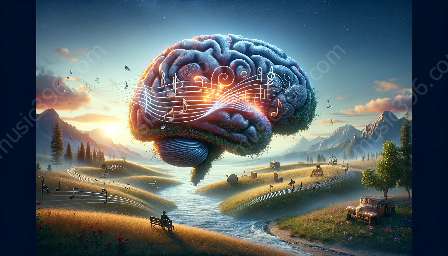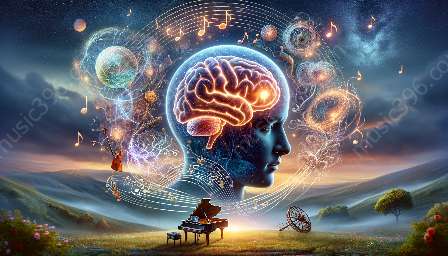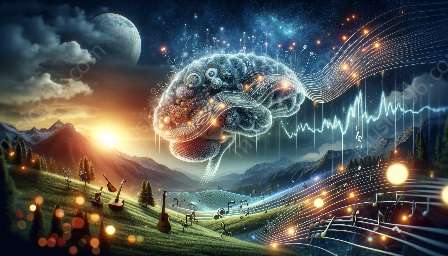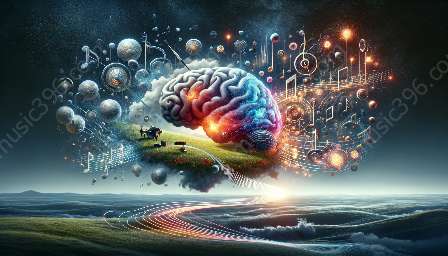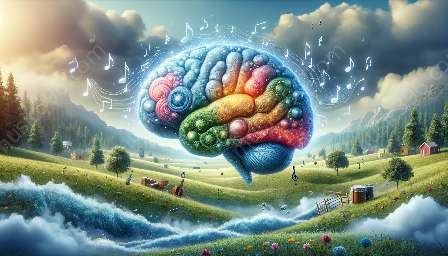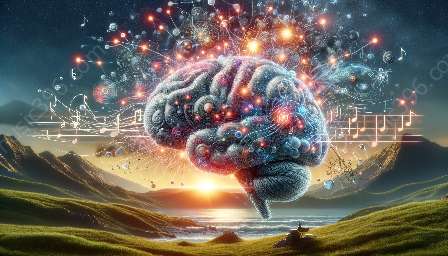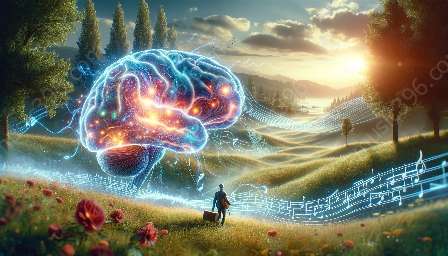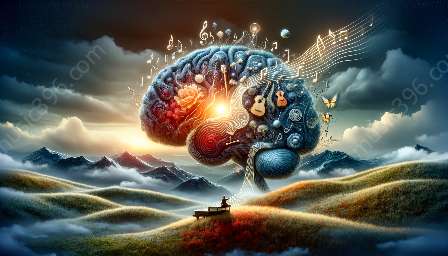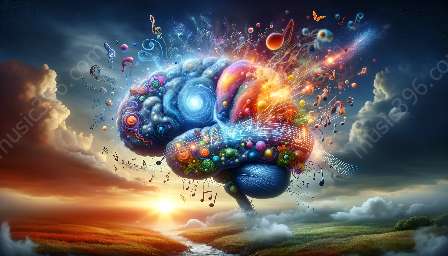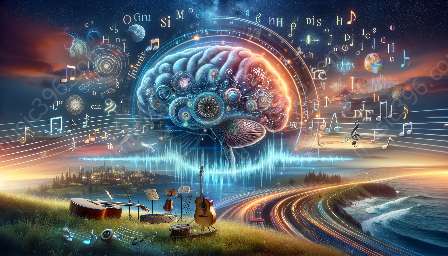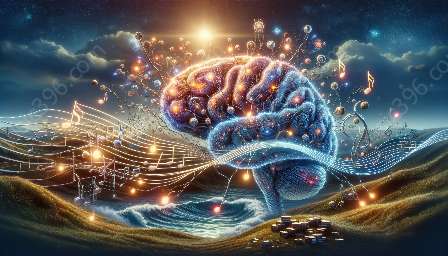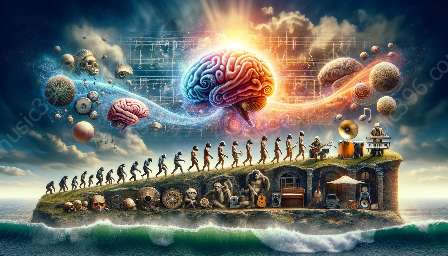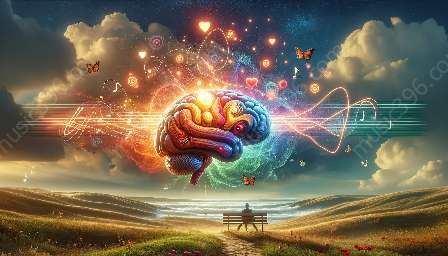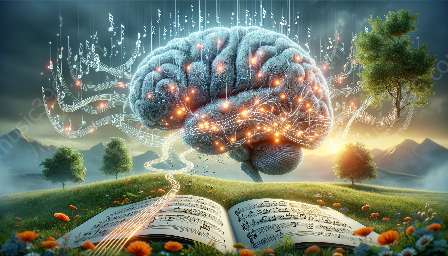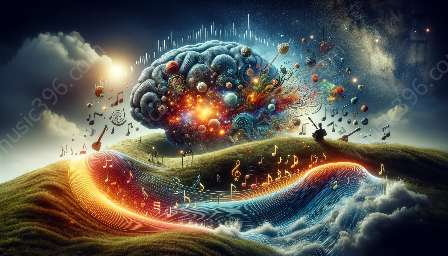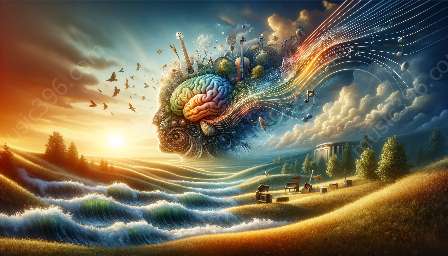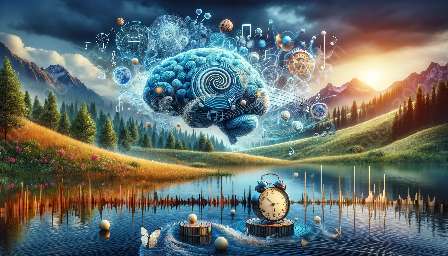Music has a profound impact on human emotions, transcending cultural and linguistic barriers. When we listen to music, it often evokes strong emotional responses, leading to changes in our physiological and psychological states. This phenomenon has sparked considerable interest in understanding the neural correlates of emotional arousal induced by music.
Music, Emotion, and the Brain
The relationship between music and emotion is a complex and dynamic interaction that engages various brain regions and neural pathways. Studies have shown that music can evoke a wide range of emotions, including joy, sadness, nostalgia, and excitement, and these emotional responses are accompanied by distinct patterns of neural activation. The brain's response to music involves a network of regions, including the auditory cortex, limbic system, and frontal areas, all of which contribute to the processing of emotional stimuli.
Impact of Music on Emotional Arousal
Music has the ability to modulate emotional arousal, often eliciting strong and immediate responses. The emotional impact of music can be attributed to its ability to convey both structural and emotional cues, such as tempo, pitch, dynamics, and timbre. These musical elements can trigger emotional arousal by engaging the listener's cognitive and affective processes, ultimately shaping their emotional experience. As a result, specific musical features can lead to the activation of neural correlates associated with emotional arousal, influencing physiological responses, such as changes in heart rate, respiration, and skin conductance.
Neural Correlates of Emotional Arousal
Neuroimaging studies have provided valuable insights into the neural correlates of emotional arousal induced by music. Functional magnetic resonance imaging (fMRI) and positron emission tomography (PET) have identified brain regions involved in processing emotional content in music, including the amygdala, insula, cingulate cortex, and nucleus accumbens. These areas are known to play crucial roles in emotion regulation, reward processing, and the integration of sensory and affective information. When exposed to emotionally arousing music, these regions exhibit heightened activity, reflecting the intensity and valence of the emotional experience.
Individual Differences in Emotional Responses to Music
It is important to acknowledge that emotional responses to music can vary widely across individuals due to factors such as personal preferences, cultural background, and past experiences. Consequently, neuroscientific investigations have sought to understand the individual differences in neural responses to music-induced emotional arousal. By examining variations in brain activity and connectivity patterns, researchers have highlighted the role of personalized neural circuits in shaping emotional responses to specific musical stimuli, shedding light on the diversity of emotional experiences associated with music.
Music and the Brain
Beyond its effects on emotional arousal, music has been demonstrated to have profound impacts on brain plasticity and functional connectivity. Engaging with music, whether through playing instruments or listening, can lead to structural changes in the brain, particularly in regions associated with auditory processing, motor skills, and emotional regulation. Moreover, music therapy has emerged as a promising approach for harnessing the inherent neuroplasticity of the brain to facilitate emotional expression, cognitive function, and rehabilitative processes in clinical settings.
Future Directions in Music and Neuroscience
The field of music and neuroscience continues to expand, offering exciting prospects for further exploration and discovery. Future research endeavors may delve deeper into the neural mechanisms underlying the emotional impact of music, elucidating the intricate interplay between musical elements, emotional processing, and individual differences. Additionally, the application of advanced neuroimaging techniques and computational modeling holds promise for unraveling the complexities of music-evoked emotions at the neural level, paving the way for innovative interventions and therapeutic strategies to harness the power of music for emotional well-being and neurological health.



